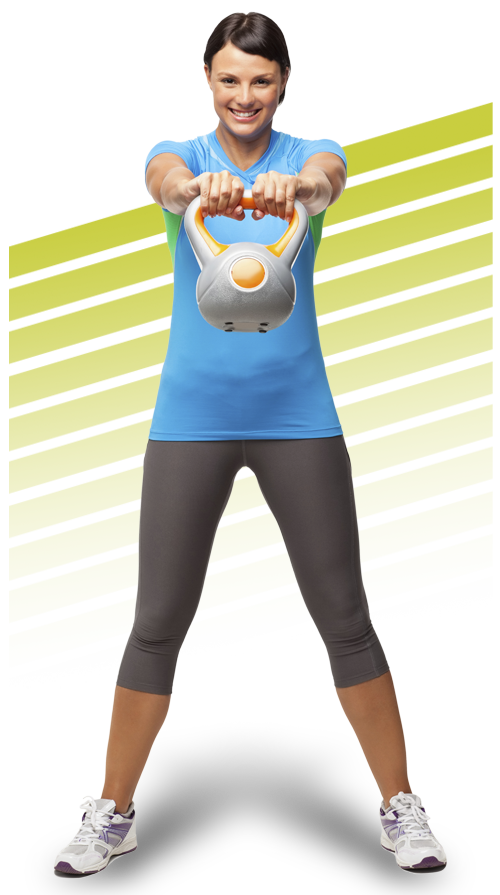Muscle of the month
Monthly workouts targeting specific muscles
Each month we’ll focus on a different muscle so you can learn how to train different areas of your body.

August Muscle of the Month: Hamstrings
The hamstrings are a group of three muscles (biceps femoris, semitendinosus, semimembranosus) that run down the back of the thigh. They’re essential for walking, running, hip extension, and knee flexion. Weak or tight hamstrings can contribute to injury and limit performance.
Week 1: Anatomy & Function of the Hamstrings
The hamstrings aren’t just one muscle — they’re a group of three: the biceps femoris, semitendinosus, and semimembranosus. Located at the back of the thigh, they work together to bend the knee and extend the hip, making them crucial for walking, running, lunging, and lifting.
Why does this matter for you?
Whether you’re doing deadlifts, climbing stairs, or simply getting up from a chair, your hamstrings are powering the movement.
Strong hamstrings = reduced injury risk, better posture, improved athletic performance, and a more balanced lower body.
#HamstringPower #AnatomyAwareness #MuscleOfTheMonth #SouthwarkStrong
Week 2 – Hamstrings in Daily Activities
Your Hamstrings Are Always Working… Even When You’re Not Thinking About Them!
Every time you walk, bend down, reach forward, or even stand upright, your hamstrings are doing their job behind the scenes. They help stabilise your hips, protect your lower back, and coordinate with your glutes and core to keep your body moving efficiently.
Sitting for long periods? That shortens and weakens your hamstrings, making you more prone to tightness and lower back pain.
Simple habits like standing stretches, walking breaks, or including hamstring-focused exercises in your gym routine can make a huge difference to daily function and long-term resilience.
Your hamstrings support your entire posterior chain – it’s time to support them back.
#FunctionFirst #HamstringsAtWork #MoveBetterFeelBetter
Top Tip: Hamstrings respond well to higher time under tension and controlled form: aim for 1–3 sets of 8–12 reps with good tempo and form.
Train Your Hamstrings Right – It’s Not Just About Deadlifts!
When people think “hamstring training,” they often jump straight to deadlifts. While Romanian Deadlifts (RDLs) are fantastic, there’s more to building strong, functional hamstrings.
Effective training targets both types of hamstring movement:
- Hip extension (e.g. RDLs, kettlebell swings, hip thrusts)
- Knee flexion (e.g. hamstring curls, sliders, Nordic curls)
Don’t forget eccentric training, slow lowering movements build strength and reduce injury risk.
Strong hamstrings mean stronger lifts, faster sprints, and safer backs.
#HamstringTraining #PosteriorChain #StrengthInBalance
Week 3: Strengthening Techniques
Week 4: Preventing Hamstring Injuries
Most Hamstring Injuries Are Preventable, Here’s How to Stay Safe!
Hamstring strains are one of the most common injuries across sports, group exercise, and general gym workouts. They often happen when there’s a mismatch between strength and flexibility — especially during fast, sudden movements or poor warm-ups.
Here’s how to keep yours safe:
- Warm up properly – dynamic movements before you train
- Train both hip and knee movements
- Include eccentric exercises (e.g. Nordic curls, slow RDLs)
- Stretch regularly and maintain mobility
- Balance quad and hamstring strength – many injuries stem from muscular imbalance
Think prevention, not rehab. Make your hamstrings bulletproof.
#TrainSmart #InjuryPrevention #HamstringHealth #MoveStrongMoveSafe
